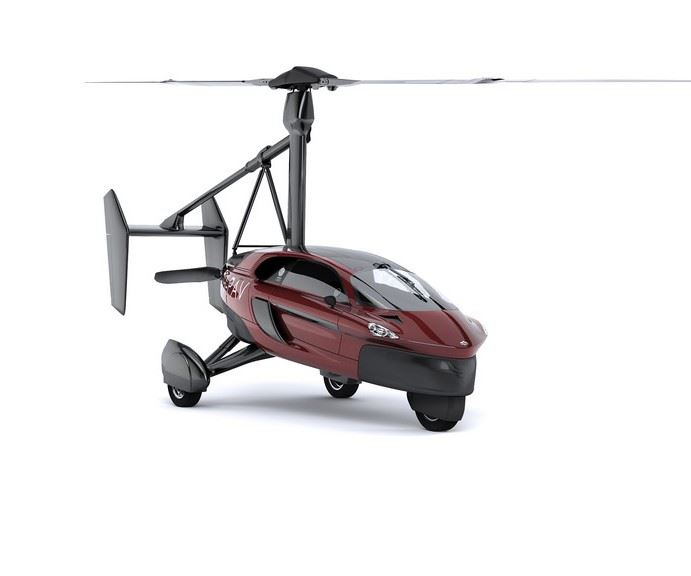PAL-V flying car to debut at Geneva Motor Show
The two-seat, composites-intensive PAL-V Liberty is expected to be certified soon, with deliveries to follow in 2019.
Share
PAL-V International BV (Raamsdonksveer, The Netherlands) reports that its PAL-V Liberty flying car will make its debut in early March at the Geneva Motor Show (Geneva, Switzerland).
Robert Dingemanse, CEO of the company, says the carbon fiber composites-intensive production model the company will display at the show represents the last R&D model before full production begins. “All certifications required for commercialization will be granted on the basis of this production model,” he says. “It is the pivotal point that separates pioneers from dreamers. Once full certification is granted in 2019, will hand over the keys of the PAL-V Liberty to our first customers.”
Mike Stekelenburg, PAL-V’s chief engineer, says, “Our design philosophy of complying with existing road and air regulations save us many years in time to market. Instead of opting for a flying car concept on the basis of not-yet-existing or immature technologies, requiring new regulations, we deliberately chose to design, engineer and manufacture a flying car with proven technologies.”
The PAL-V Liberty, described by the company as a gyroplane, is rotor-powered in flight, featuring carbon fiber rotors, carbon fiber body panels, two automotive gas-compatible aviation-certified engines, and seating for two people.
Related Content
-
Cryo-compressed hydrogen, the best solution for storage and refueling stations?
Cryomotive’s CRYOGAS solution claims the highest storage density, lowest refueling cost and widest operating range without H2 losses while using one-fifth the carbon fiber required in compressed gas tanks.
-
Plant tour: Joby Aviation, Marina, Calif., U.S.
As the advanced air mobility market begins to take shape, market leader Joby Aviation works to industrialize composites manufacturing for its first-generation, composites-intensive, all-electric air taxi.
-
Automotive chassis components lighten up with composites
Composite and hybrid components reduce mass, increase functionality on electric and conventional passenger vehicles.















